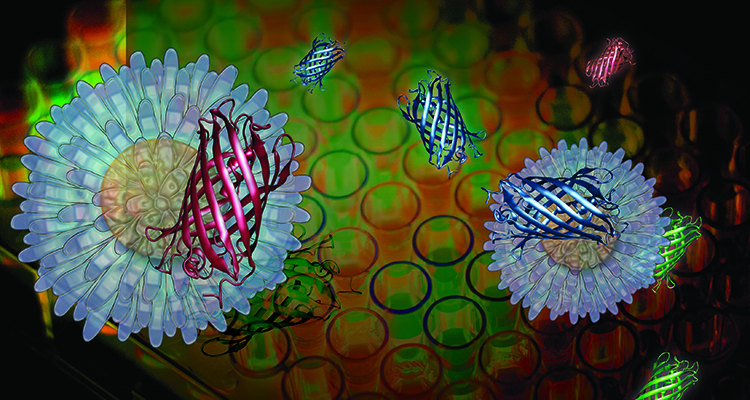


For tech innovation to succeed, we need parallel innovation in how we think about risk
In October 2014, Google announced it was working on an innovative nanotechnology-based approach to avoiding and managing disease. The idea was to create a pill that would deliver magnetic, functionalized nanoparticles from the gut to the bloodstream. Once there, they...
Characterizing nanoparticles in the 1880’s
On May 29th, there were 52,000 nanoparticles per cubic centimeter of air measured at the top of the Eiffel Tower. This may not seem the most compelling opening to an article, until you realize that the measurement was made in 1889 – over 100 years before nanotechnology and nanoparticles began hitting headlines as one of the most talked about emerging technologies in recent decades. The particles were measured by the Scottish scientist John Aitken, using his newly developed device for counting airborne dust particles.

Politics don’t always play a role in attitudes toward science issues
Comments provided for GENeS on the launch of the Pew Research Center attitudes survey on Americans, Politics and Science Issues (July 1 2015) Political leanings are frequently associated with attitudes toward science and technology in the U.S. Yet as the most recent...
A new home for Risk Innovation
Five years ago, I joined the University of Michigan School of Public Health as Director of the U-M Risk Science Center. It’s been a good five years. However, last year, the good folks at Arizona State University made me an offer I couldn’t refuse – the opportunity to expand substantially my work on risk and innovation, at one of the most exciting and progressive universities in the U.S.
